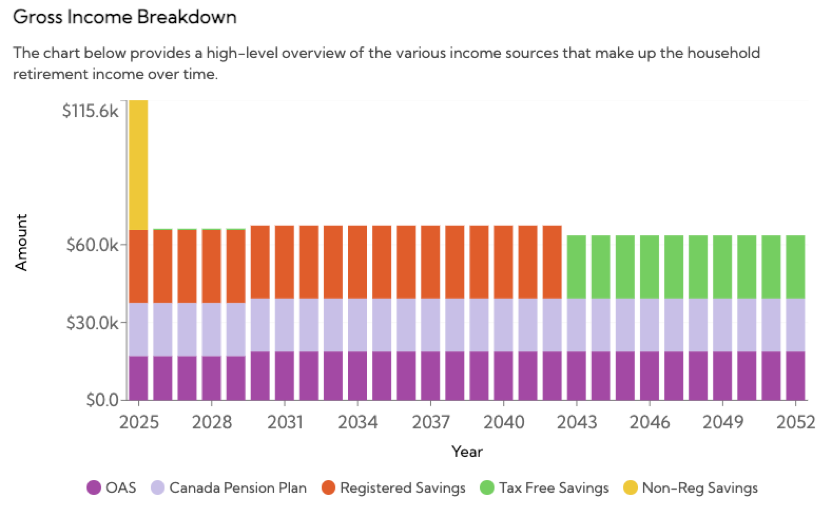
By Alain Guillot
Special to Financial Independence Hub
What is the role of wealth in your life?
The role of wealth in one’s life is a complex and multifaceted aspect that varies from person to person. Not everyone wants to become wealthy.
For some, wealth is a means to an end, a tool that facilitates the pursuit of their passions and goals; arts, leisure, family time. Others prioritize different aspects of life, such as love, beauty, sports, or creative expressions like dance and fashion. These individuals might view wealth as a secondary consideration, simply needed to sustain their chosen paths.
There are those who lack clear goals, accepting life as it comes without a distinct sense of direction, merely following societal trends.
On the other hand, some individuals place great importance on wealth, believing that it simplifies and enhances all other aspects of life.
The two tracks to wealth
The pursuit of wealth can be approached through two distinct tracks: the slow track and the fast track. Which track you take depends on your priorities, your ambitions, your self-confidence, and your willingness to put in the work.
What is the slow track to wealth?
The slow track involves accumulating wealth over time through consistent savings, often achieved through a regular job and disciplined investment strategies. This method, while reliable, requires patience and decades of dedicated effort. It’s a route that many can take, but societal conditioning to spend rather than save often hinders its widespread adoption. If you work a regular job, save every month and invest in low-cost index funds or ETFs, it is almost guaranteed that you will become wealthy.
Let’s do a quick example. For this example, let’s ignore the effects of inflation.
Let’s imagine that a person saves $5,000 per year and he/she gets an average return from the market of 8%. How long will it take this person to become a millionaire?
It will take 36 years to accumulate $1,000,000.
To save $5,000 per year is not that difficult — practically anyone can do it — but most people are conditioned to spend, not save; therefore, very few people will become wealthy even though it is within their reach.
With one million dollars, a person can spend about $80,000 per year for the rest of their lives without running out of money. The slow track is not bad at all.
What is the fast track to wealth?
Most people who become millionaires do so by creating businesses. They take risks and responsibilities that others are not willing to take. They have a vision of where they want to go, they eliminate all the excuses and work relentlessly toward their goals. A fast-track business should make you wealthy in 20 years or less.








